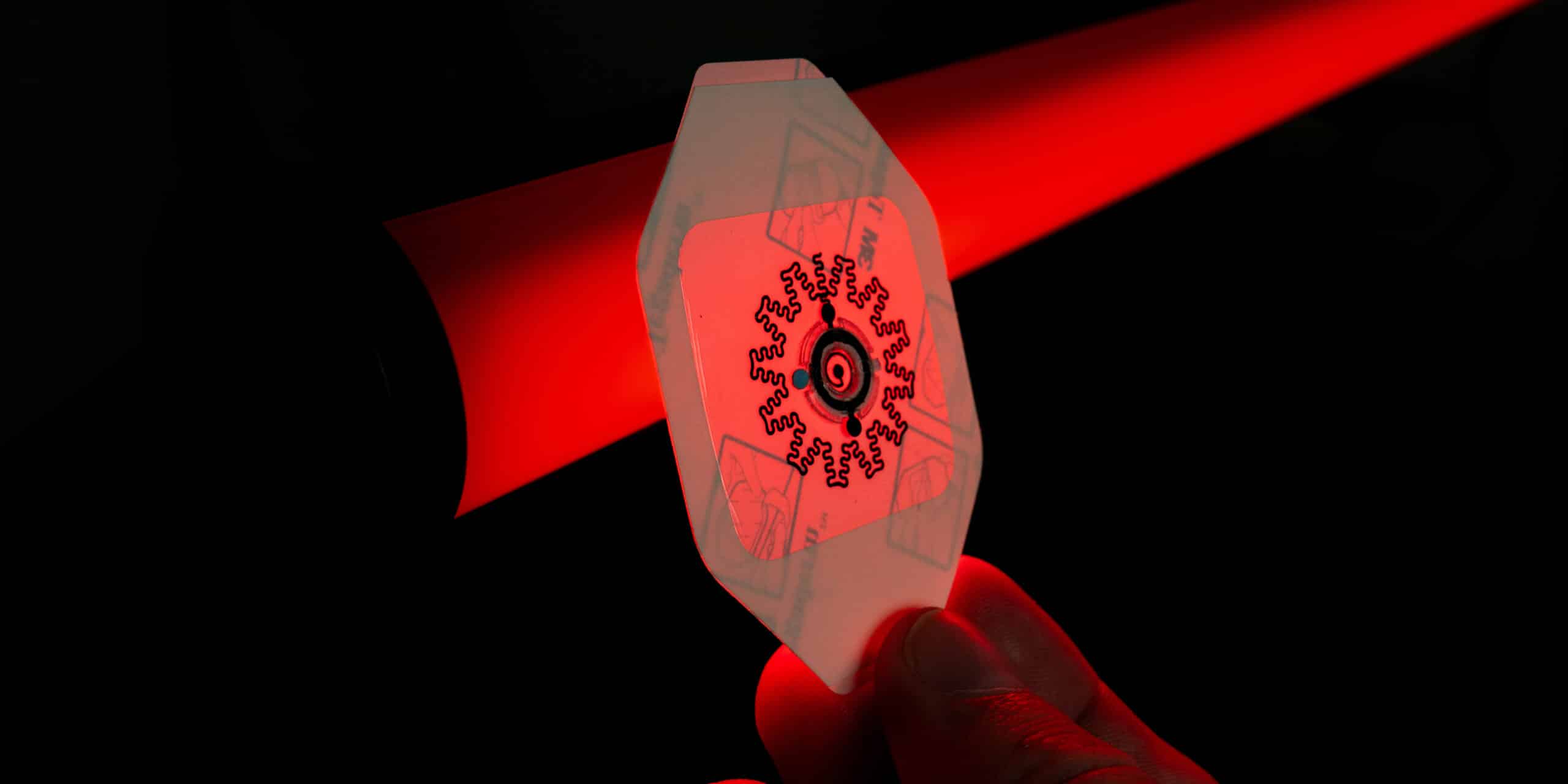STEM Gets Greener
-from NC State News Services
Can building model cars really help create the next generation of electric vehicle designers and engineers? Researchers at North Carolina State University think so. Through a recent grant, they will develop a curriculum that uses real-world applications of renewable energy technologies to teach science, technology, engineering and mathematics – known as STEM concepts.
The project, Green Research for Incorporating Data in the Classroom (GRIDc), uses renewable energy technologies as a learning tool to foster cognitive skill development and promote critical thinking and problem solving. This not only teaches new “green” sciences, but allows students to make practical informed decisions – such as comparing energy sources in electric vehicles.
“Students have a general knowledge of concepts such as wind and solar power, but they generally do not understand the pros and cons of different types of renewable energy systems,” says Dr. Bill DeLuca, associate professor of technology education at NC State and principal investigator on the project. “Through this research, we are able to provide them data so they can understand and decide for themselves how well these systems work – and in what sorts of applications.”
The $400,000 National Science Foundation (NSF) grant builds upon a previous $200,000 NSF grant that collected data from renewable energy technologies at the N.C. Solar Center to teach undergraduate courses. As a small part of the initial grant, the team held workshops for middle and high school students. The immense success of the workshops led to the development of STEP (Sustainable Transportation Electrification Program), a program partially funded by GRIDc, which includes two pilot electric vehicle competitions. Ten N.C. middle schools will hold contests to develop remote-controlled, battery-operated cars. Six N.C. high schools will also build the model cars, in addition to solar charging stations to operate the model vehicles.
“We know there is a big misconception among people about electric vehicles – like the differences between hybrid and electric vehicles. And, with President Obama’s announcement of $2.4 billion for the electrification of transportation, we need a well-trained workforce and informed consumers – it’s a paradigm shift for American society,” says Dr. Pam Carpenter, a project coordinator at the N.C. Solar Center and co-principal investigator. “What we’ve found is that these students are actually able to go home and educate their parents about renewable energy.”
Carpenter adds that GRIDc was one of 17 projects recently featured at the NSF technology showcase on Capitol Hill.
Working with DeLuca and Carpenter is a team of researchers at NC State including Dr. Len Annetta, associate professor of science education, Dr. Aaron Clark, associate professor of graphic communications, and Dr. Joseph DeCarolis, assistant professor of environmental engineering.
The initial grant funded the development of a monitoring system that provides students with energy and power readings from multiple renewable energy technologies at the Solar Center. These technologies include photovoltaics, wind turbines, solar thermal, and hydrogen fuel cell systems, which can be referenced against meteorological data such as wind speed, the sun’s irradiance, ambient temperature, and module temperature. All of these variables can affect the performance of the photovoltaic system. The second phase of the grant, which launched in September, will expand data collection by adding sensors to wind turbines in North Carolina’s Outer Banks. Additional data on plug-in hybrid electric vehicles will come from Progress Energy and Advanced Energy, as well as from charging stations for electric vehicles.
“We’re teaching students about renewable energy, but we’re doing it in a way that complements the material they are already learning in the classroom – such as how to make graphs, look at trend analyses or work with different data types,” DeLuca says. “So part of our job is working with the teachers to help them incorporate this information into their curriculum.”
Media Contact:
Caroline Barnhill, News Services, 919.515.6251
- Categories:


